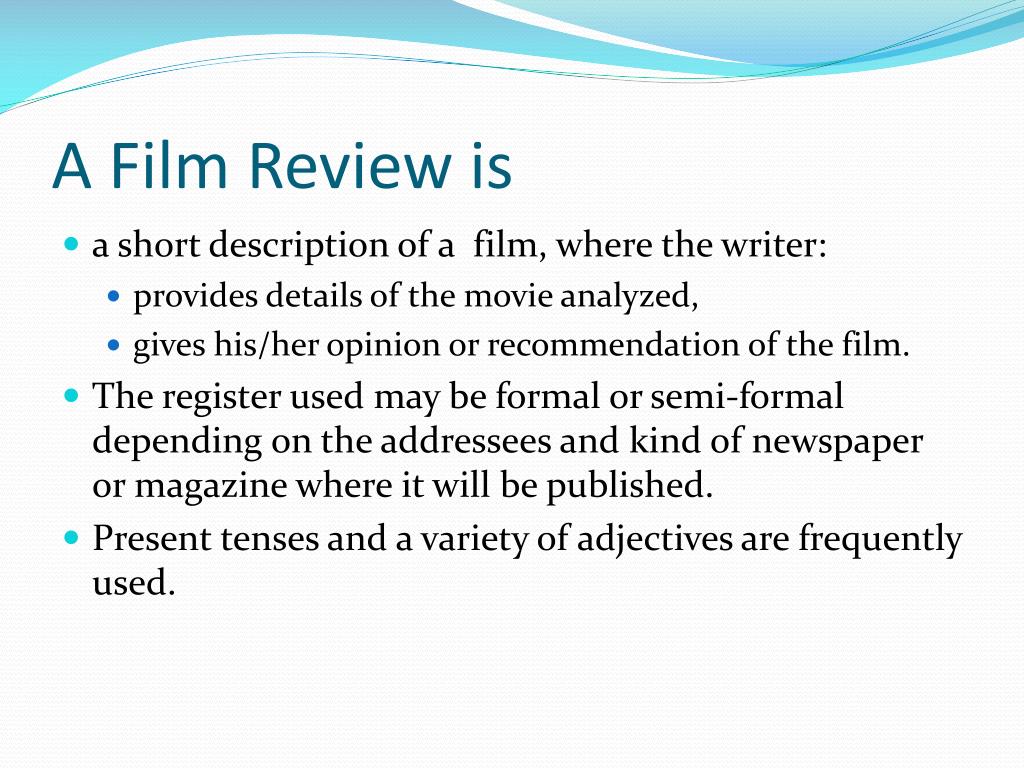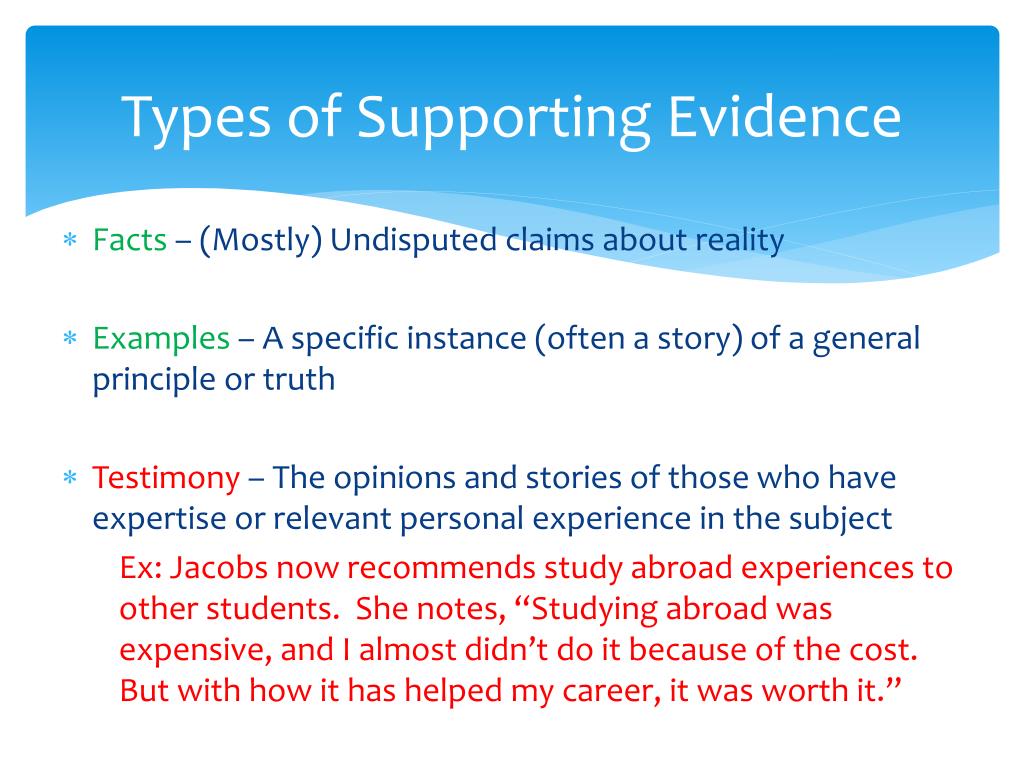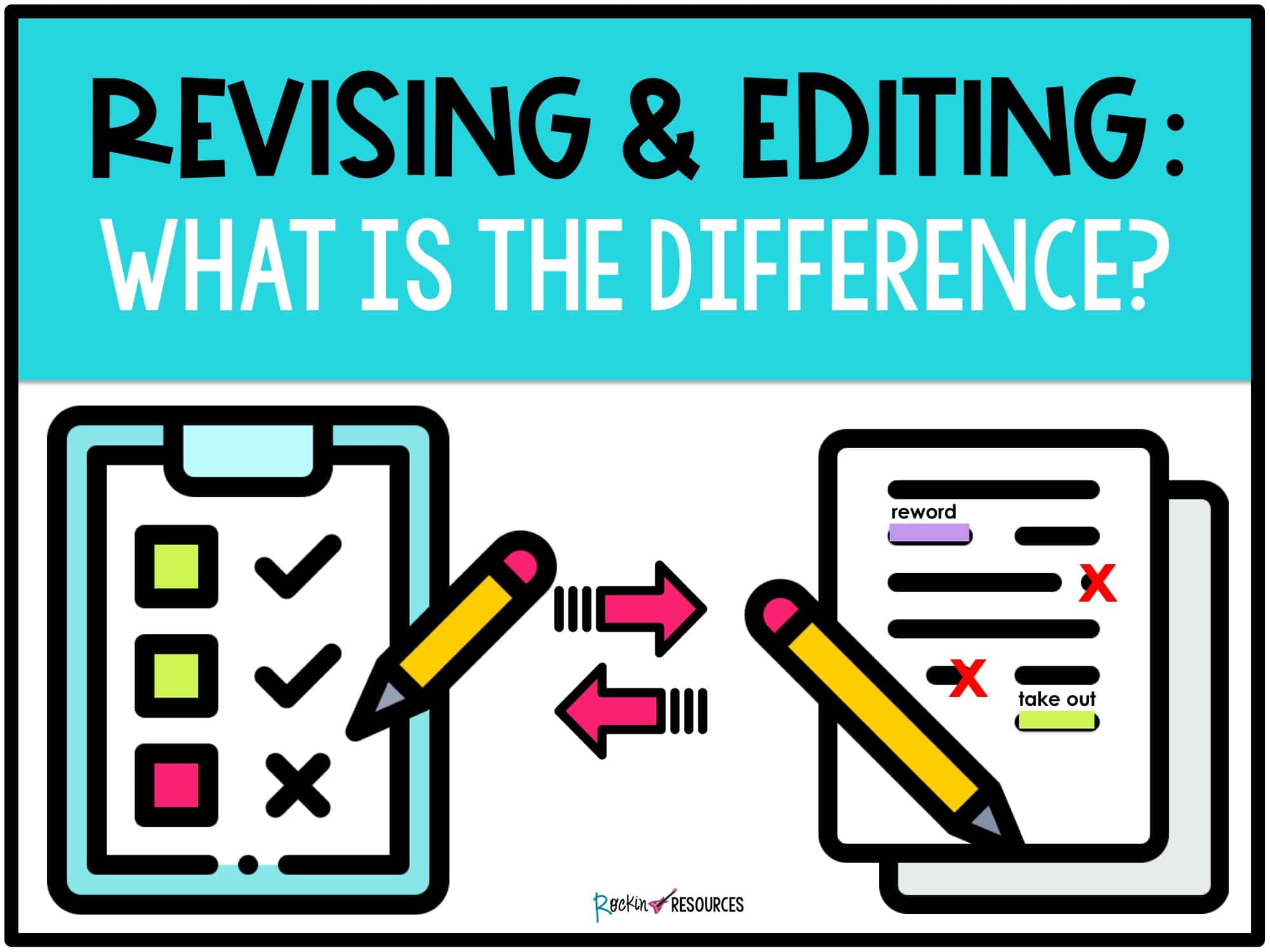The Art of Watching Movies with a Critical Eye
Developing a critical eye when watching movies is essential for writing a compelling film critique. To start a movie review, one must first learn to analyze the cinematic elements that make a film tick. This involves paying attention to the cinematography, direction, and performances, as well as the overall narrative structure and pacing. By doing so, you’ll be able to identify the strengths and weaknesses of a movie, and provide a more informed critique.
When watching a movie, try to separate yourself from the emotional experience and focus on the technical aspects of filmmaking. Pay attention to the camera angles, lighting, and composition of each shot. Notice how the director uses these elements to create a specific mood or atmosphere. Also, consider the performances of the actors, and how they bring the characters to life.
As you watch, take note of the plot structure and pacing. Is the story well-developed and engaging? Are there any plot holes or inconsistencies? How does the pacing contribute to the overall tension and suspense? By analyzing these elements, you’ll be able to provide a more nuanced and insightful critique.
Additionally, consider the themes and messages presented in the movie. What is the filmmaker trying to say? Are there any social commentary or critiques of society? How does the movie relate to current events or issues? By exploring these themes, you’ll be able to add depth and context to your review.
By developing a critical eye when watching movies, you’ll be able to write a more informed and engaging film critique. Remember to pay attention to the technical aspects of filmmaking, analyze the plot structure and pacing, and explore the themes and messages presented in the movie. With practice and patience, you’ll become proficient in the art of watching movies with a critical eye, and be well on your way to writing compelling film critiques.
Choosing the Right Movies to Review: Popular vs. Indie Films
When it comes to writing a movie review, one of the most important decisions is choosing the right movie to review. With so many films out there, it can be overwhelming to decide which ones to focus on. In this section, we’ll explore the pros and cons of reviewing popular vs. indie films, and provide tips on how to make the most of your movie review.
Popular films, such as blockbuster movies like Avengers: Endgame, can be a great choice for a movie review. These films often have a large following and are widely discussed, making it easier to find an audience for your review. Additionally, popular films often have a lot of marketing and publicity behind them, which can make it easier to find information and resources to support your review.
However, reviewing popular films can also have its drawbacks. For one, the market may be saturated with reviews of the same film, making it harder to stand out. Additionally, popular films may be more likely to receive glowing reviews, making it harder to provide a unique and critical perspective.
On the other hand, indie films, such as Parasite, can offer a fresh and unique perspective for a movie review. These films often fly under the radar, making it easier to provide a distinctive and insightful review. Additionally, indie films may be more open to criticism and analysis, allowing you to provide a more in-depth and thoughtful review.
However, reviewing indie films can also have its challenges. For one, these films may not have as much marketing and publicity behind them, making it harder to find information and resources to support your review. Additionally, indie films may not have as large of an audience, making it harder to find readers for your review.
Ultimately, the choice between reviewing popular and indie films comes down to your personal preference and goals. If you’re looking to write a review that will appeal to a wide audience, a popular film may be the way to go. However, if you’re looking to provide a unique and insightful review, an indie film may be the better choice.
When deciding which film to review, consider the following tips:
– Choose a film that you’re passionate about and have a strong opinion on.
– Consider the audience and market for the film, and whether your review will stand out.
– Look for films that are open to criticism and analysis, and offer a fresh and unique perspective.
By following these tips, you can choose the right movie to review and write a compelling and insightful film critique that will engage and inform your readers.
Setting Up Your Review Format: Introduction, Plot Summary, and Analysis
When it comes to writing a movie review, having a clear and concise format is essential. A well-structured review will help you to effectively communicate your thoughts and opinions to your readers. In this section, we’ll discuss the basic structure of a movie review, including the introduction, plot summary, and analysis sections.
The introduction is the opening section of your review, and it should provide a brief overview of the movie. This is where you’ll introduce the title of the movie, the director, and the main cast. You should also provide some background information on the movie, such as its release date and any notable awards or nominations it has received.
A good introduction should be engaging and informative, and it should provide a clear direction for the rest of the review. Here’s an example of how you might write an introduction for a movie review:
“‘The Shawshank Redemption’ is a highly acclaimed drama film directed by Frank Darabont and starring Tim Robbins and Morgan Freeman. Released in 1994, the movie has become a classic of modern cinema, and its themes of hope and redemption continue to resonate with audiences today.”
The plot summary is the next section of your review, and it should provide a brief overview of the movie’s storyline. This is where you’ll summarize the main events of the movie, including the key plot twists and character developments.
A good plot summary should be concise and informative, and it should avoid giving away too many spoilers. Here’s an example of how you might write a plot summary for a movie review:
“The movie tells the story of Andy Dufresne, a banker who is wrongly convicted of murder and sentenced to life in prison. Despite the harsh conditions and corruption of the prison system, Andy never gives up hope, and he eventually finds a way to escape and clear his name.”
The analysis is the final section of your review, and it’s where you’ll provide your in-depth analysis of the movie. This is where you’ll discuss the themes, characters, and technical aspects of the movie, and provide your opinion on its strengths and weaknesses.
A good analysis should be detailed and insightful, and it should provide a clear and well-supported argument. Here’s an example of how you might write an analysis for a movie review:
“One of the standout aspects of ‘The Shawshank Redemption’ is its thoughtful and nuanced portrayal of hope and redemption. The movie shows how these themes can be applied to even the most difficult and challenging situations, and it provides a powerful message about the importance of never giving up.”
By following this basic structure, you can create a clear and effective movie review that will engage and inform your readers. Remember to keep your introduction concise and informative, your plot summary brief and spoiler-free, and your analysis detailed and insightful.
Writing Engaging Opening Paragraphs: Hooking Your Readers
When it comes to writing a movie review, the opening paragraph is crucial in grabbing the reader’s attention and drawing them into your review. A well-crafted opening paragraph can make all the difference in keeping your readers engaged and interested in what you have to say. In this section, we’ll explore some tips on how to write attention-grabbing opening paragraphs that will hook your readers from the start.
One effective way to start your review is with a rhetorical question. This type of question encourages the reader to think critically about the movie and its themes, and can help to create a sense of intrigue and curiosity. For example:
“What makes a movie truly great? Is it the memorable characters, the engaging storyline, or the impressive cinematography? For many film enthusiasts, the answer lies in a combination of these elements, and ‘The Shawshank Redemption’ is a prime example of a movie that gets it right.”
Another way to start your review is with an interesting fact or statistic. This can help to provide context and background information on the movie, and can also help to pique the reader’s interest. For example:
“Did you know that ‘The Shawshank Redemption’ was initially a box office flop, but went on to become one of the highest-rated movies of all time? This remarkable turnaround is a testament to the movie’s enduring appeal and timeless themes.”
Thought-provoking statements are also an effective way to start your review. These types of statements can help to create a sense of controversy or debate, and can encourage the reader to think critically about the movie and its themes. For example:
“While some critics have argued that ‘The Shawshank Redemption’ is a overly sentimental and predictable movie, others have praised its nuanced and thought-provoking portrayal of hope and redemption. In this review, we’ll explore the strengths and weaknesses of this beloved classic and examine what makes it such a compelling watch.”
Finally, you can also start your review with a personal anecdote or a brief summary of the movie’s plot. This can help to provide context and background information on the movie, and can also help to create a sense of connection with the reader. For example:
“I’ll never forget the first time I saw ‘The Shawshank Redemption’. It was a powerful and moving experience that left a lasting impression on me, and it’s a movie that I return to again and again. In this review, we’ll explore what makes this movie so special and why it continues to resonate with audiences today.”
By using one of these techniques, you can create an engaging and attention-grabbing opening paragraph that will draw your readers into your review and keep them interested in what you have to say.
Providing Constructive Criticism: Balancing Positives and Negatives
When writing a movie review, it’s essential to provide constructive criticism that balances both the positives and negatives of the film. This approach will help you to create a well-rounded and informative review that will engage and inform your readers. In this section, we’ll discuss the importance of providing balanced criticism and offer tips on how to praise a movie’s strengths while also constructively criticizing its weaknesses.
Providing balanced criticism is crucial in a movie review because it allows readers to form a comprehensive understanding of the film. By highlighting both the positives and negatives, you can give readers a clear idea of what to expect from the movie and help them to make an informed decision about whether or not to watch it.
So, how do you provide balanced criticism in a movie review? Here are some tips to get you started:
– Start by identifying the movie’s strengths and weaknesses. Make a list of the things that you liked and disliked about the film, and use this list as a starting point for your review.
– When praising the movie’s strengths, be specific and provide examples. For example, instead of simply saying that the movie had “great acting,” describe the specific performances that stood out to you and explain why they were effective.
– When criticizing the movie’s weaknesses, be constructive and focus on specific aspects of the film. Instead of making general statements like “the movie was boring,” explain what specifically didn’t work for you and how it could have been improved.
– Use a balanced tone in your review. Avoid being overly positive or negative, and try to maintain a neutral tone that reflects your honest opinion of the film.
– Use specific examples and evidence to support your claims. This will help to make your review more credible and persuasive, and will give readers a better understanding of your perspective.
By following these tips, you can provide balanced criticism in your movie review that will engage and inform your readers. Remember to always be specific, constructive, and balanced in your criticism, and to use specific examples and evidence to support your claims.
Here’s an example of how you might provide balanced criticism in a movie review:
“While ‘The Shawshank Redemption’ is a highly acclaimed film, it’s not without its flaws. One of the main weaknesses of the movie is its pacing, which can be slow and plodding at times. However, the film’s strengths far outweigh its weaknesses, and the movie’s powerful themes and memorable characters make it a must-see for fans of drama and suspense.”
By providing balanced criticism, you can create a well-rounded and informative review that will engage and inform your readers. Remember to always be specific, constructive, and balanced in your criticism, and to use specific examples and evidence to support your claims.
Using Examples and Evidence: Supporting Your Claims
When writing a movie review, it’s essential to use specific examples and evidence to support your claims. This will help to make your review more credible and persuasive, and will give readers a better understanding of your perspective. In this section, we’ll discuss the importance of using examples and evidence in a movie review, and provide tips on how to effectively analyze scenes, characters, and themes.
Using examples and evidence is crucial in a movie review because it allows you to support your claims with concrete evidence. This can include specific scenes, characters, or themes that illustrate your point. By using examples and evidence, you can make your review more engaging and persuasive, and help readers to understand your perspective.
So, how do you use examples and evidence in a movie review? Here are some tips to get you started:
– Choose specific scenes or moments from the movie that illustrate your point. For example, if you’re discussing the movie’s cinematography, you might describe a specific scene that showcases the director’s use of lighting or camera angles.
– Analyze the characters and their motivations. For example, if you’re discussing the movie’s themes, you might analyze how the characters’ actions and decisions relate to those themes.
– Use quotes or dialogue from the movie to support your claims. For example, if you’re discussing the movie’s script, you might quote a specific line of dialogue that illustrates the writer’s use of language.
– Use visual elements, such as images or screenshots, to support your claims. For example, if you’re discussing the movie’s special effects, you might include an image of a specific effect that illustrates your point.
– Use statistics or data to support your claims. For example, if you’re discussing the movie’s box office performance, you might include statistics on the movie’s opening weekend or total gross.
By using examples and evidence in your movie review, you can make your review more engaging and persuasive, and help readers to understand your perspective. Remember to choose specific scenes or moments from the movie that illustrate your point, and to analyze the characters and their motivations.
Here’s an example of how you might use examples and evidence in a movie review:
“One of the standout aspects of ‘The Shawshank Redemption’ is its use of cinematography. In the scene where Andy Dufresne (Tim Robbins) escapes from prison, the camera angles and lighting create a sense of tension and suspense. The director’s use of close-ups and medium shots helps to emphasize the characters’ emotions and reactions, and the lighting creates a sense of realism and authenticity.”
By using specific examples and evidence, you can make your review more credible and persuasive, and help readers to understand your perspective.
Editing and Revising Your Review: Refining Your Writing
Once you’ve written your movie review, it’s essential to edit and revise it to make it more engaging, clear, and concise. In this section, we’ll discuss the importance of editing and revising your review, and provide tips on how to refine your writing.
Editing and revising your review is crucial because it allows you to refine your writing and ensure that your review is error-free and easy to understand. By editing and revising your review, you can:
– Improve the clarity and concision of your writing
– Eliminate grammatical and spelling errors
– Enhance the overall flow and structure of your review
– Ensure that your review is engaging and persuasive
So, how do you edit and revise your review? Here are some tips to get you started:
– Take a break from your review before editing and revising it. This will help you to approach your review with a fresh perspective and catch errors that you may have missed initially.
– Read your review aloud. This will help you to identify awkward phrasing and unclear sentences.
– Use a style guide, such as the Chicago Manual of Style or the AP Stylebook, to ensure that your review is consistent in terms of formatting and style.
– Cut unnecessary words and phrases. This will help to make your review more concise and easier to read.
– Vary your sentence structure. This will help to create a more dynamic and engaging review.
– Use active voice instead of passive voice. This will help to make your review more engaging and persuasive.
By following these tips, you can edit and revise your review to make it more engaging, clear, and concise. Remember to take your time and be thorough in your editing and revising process.
Here’s an example of how you might edit and revise a sentence in your review:
Original sentence: “The movie was really good and I liked it a lot.”
Revised sentence: “The movie was a standout success, with a compelling storyline and impressive performances.”
By editing and revising your review, you can create a more polished and professional piece of writing that will engage and persuade your readers.
Sharing Your Review with the World: Publishing and Promotion
Once you’ve written and edited your movie review, it’s time to share it with the world. In this section, we’ll discuss the various ways to share your review with others, including publishing on a blog or website, sharing on social media, and participating in online film communities.
There are many ways to share your movie review with others, and the method you choose will depend on your goals and target audience. Here are some options to consider:
– Publishing on a blog or website: If you have a blog or website, you can publish your review there. This will allow you to reach a wider audience and build your brand as a film critic.
– Sharing on social media: You can share your review on social media platforms like Facebook, Twitter, and Instagram. This will allow you to reach a large audience and engage with your followers.
– Participating in online film communities: There are many online film communities where you can share your review and engage with other film enthusiasts. Some popular options include Letterboxd, Rotten Tomatoes, and IMDb.
– Submitting to online publications: If you’re looking to reach a wider audience, you can submit your review to online publications like film websites and blogs. This will allow you to build your portfolio and establish yourself as a film critic.
When sharing your review, be sure to follow these tips:
– Use attention-grabbing headlines and summaries to draw readers in.
– Use relevant keywords and tags to help readers find your review.
– Engage with your readers by responding to comments and messages.
– Share your review on multiple platforms to reach a wider audience.
By sharing your movie review with others, you can build your brand as a film critic, engage with your audience, and establish yourself as an expert in the field. Remember to always follow best practices for sharing and promoting your content, and to be respectful and professional in your interactions with others.
Here’s an example of how you might share your review on social media:
“Just published my review of the latest blockbuster movie Check it out and let me know what you think. [link to review] #movie review #film criticism #new release”
By sharing your review and engaging with your audience, you can build a loyal following and establish yourself as a respected film critic.







